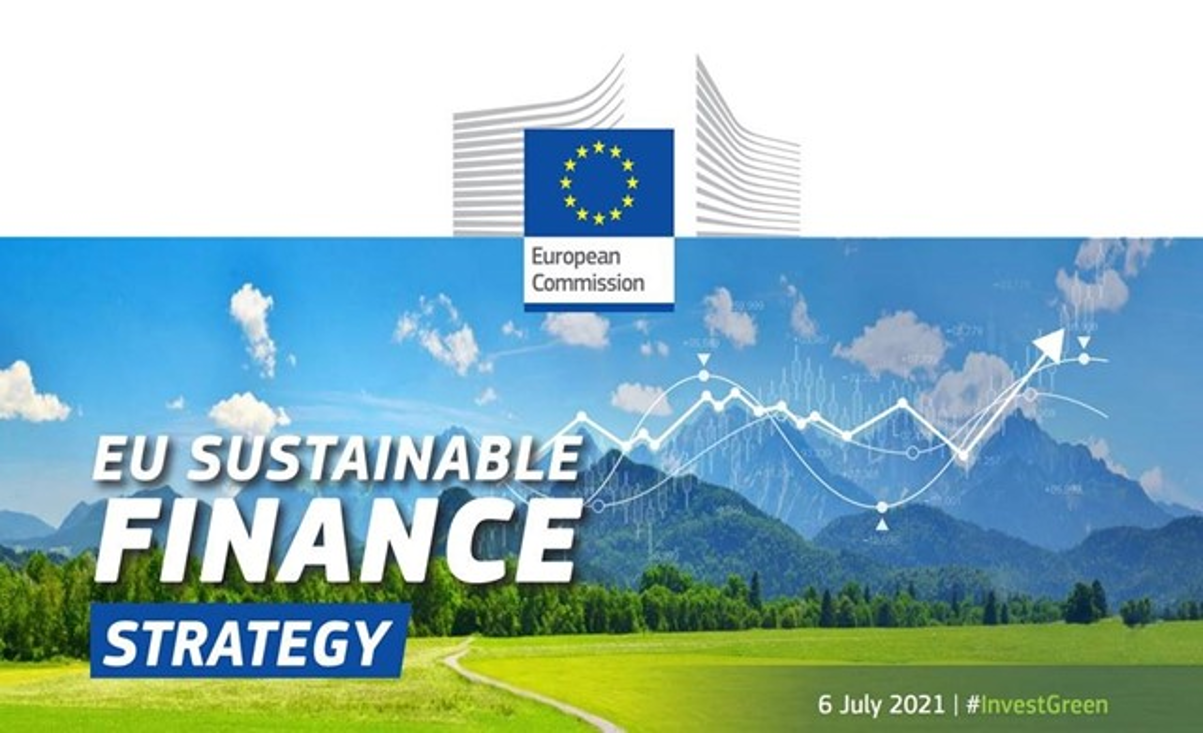European Commission Sustainable Finance
Description
This Platform is a consultative body subject to the Commission's horizontal expert group regulations. EU taxonomy for sustainable activities and the European green bond standard provide a comprehensive view of enticing investors to invest in EU green opportunities. It was constituted in accordance with Article 20 of the Taxonomy Regulation and is governed by the Commission's horizontal regulations for expert groups.
The Platform will operate in an environment where the development of technical screening criteria under the EU taxonomy has advanced substantially and the markets have begun applying the taxonomy and other sustainable finance regulations and tools. Conequently, its primary objective will be to advise the European Commission on the implementation and applicability of the EU taxonomy and the sustainable finance framework in general. In addition, the Platform will work on the development and potential revisions of taxonomy criteria, as well as the monitoring of capital flows.

Gallery

Classifications
Scale of implementation
This sustainable finance framework is addressed in Europe, in line with the European Green Deal objectives.
Type
European Commission provides an educational and user-friendly website with online tools and various reports.
Phase of solution
The Platform offers a multilateral forum of dialogue between policymakers that are in charge of developing sustainable finance regulatory measures to help investors identify and seize sustainable investment opportunities that truly contribute to climate and environmental objectives. Members can exchange and disseminate information to promote best practices, compare their different initiatives and identify barriers and opportunities of sustainable finance.
Target audience
This platform and data are utilized by national policy makers, industry players, financers, developers, research consultancies, RES associations, chambers of commerce, etc.
Key features-functionality
EU has since 2018 put in place three building blocks for a sustainable financial framework:
- EU Taxonomy: The EU Taxonomy is a classification system or "common dictionary" that defines economic activities that substantially contribute to the EU's climate and environmental goals. It sets out criteria to determine which activities are environmentally sustainable. The Taxonomy is designed to provide clarity and transparency for investors and businesses by helping them identify and understand sustainable investments and projects. It plays a crucial role in channeling investments towards environmentally friendly activities.
- Disclosures and Reporting Rules: The EU has implemented rules and regulations to ensure transparency and reporting by both companies and investors regarding their sustainability practices. These rules require companies to disclose information about their environmental and social impacts, allowing investors and stakeholders to make informed decisions. For investors, these rules facilitate the integration of environmental, social, and governance (ESG) factors into investment decision-making
- Tools and Standards: To further support sustainable finance, the EU has introduced tools, standards, and labels. Examples include Climate Benchmarks, which are designed to measure and assess the carbon footprint of investment portfolios, and the EU Green Bond Standard, which sets criteria for green bonds to ensure they finance environmentally beneficial projects. These tools and standards create benchmarks and guidelines for financial products that meet sustainability criteria.
The ultimate goal of these building blocks is to create a financial system that directs capital towards sustainable and environmentally friendly investments, supporting the transition to a more sustainable economy. By providing clear definitions, transparency, and tools for assessing sustainability, the EU aims to mobilize private finance for green and transition investments, thereby contributing to its broader sustainability and climate objectives.
References & Sources for Further Reading
- European Commission Sustainable finance, tools and standards official website: https://finance.ec.europa.eu/sustainable-finance/tools-and-standards
